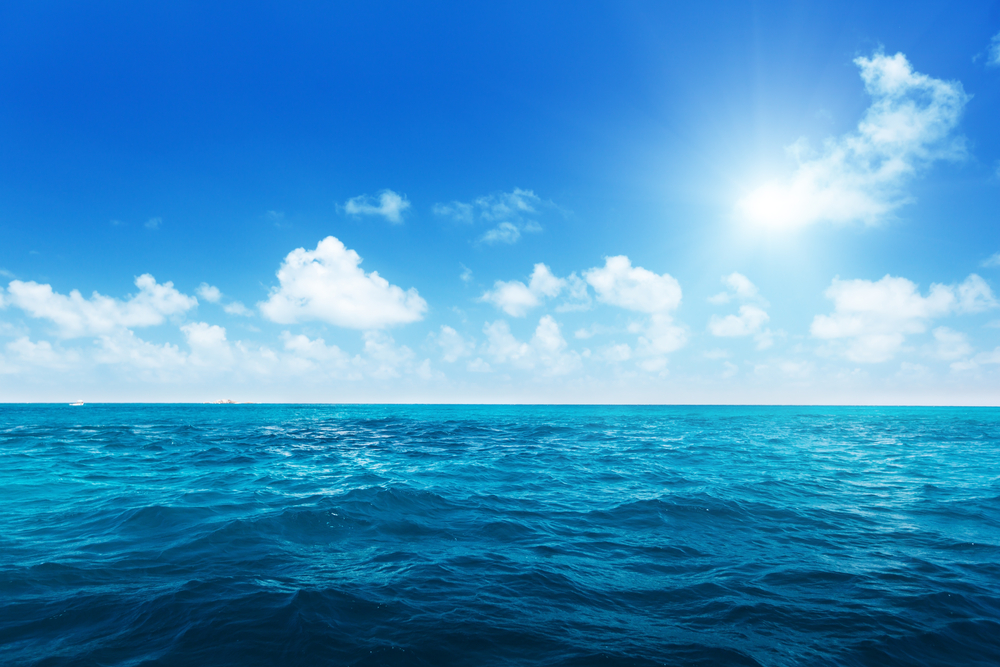The ocean is often considered to be the final frontier for energy, whether we’re talking about Arctic oil reserves or giant floating wind turbines. Now, a 40-foot tall tower on the Big Island of Hawai’i will harvest the oceans’ energy using a method that has renewable energy advocates drooling. It’s part of a new research facility and demo power plant that uses seawater of different temperatures to power a generator via turbine.
Most sources of energy (even the naughty ones!) originate from the sun’s rays, and the technology at the demo plant — a joint project of Makai Ocean Engineering and the Natural Energy Laboratory of Hawaii Authority — is simply experimenting with a different way to capture them. Oceans cover upward of 70 percent of the earth’s surface, which means that 70 percent of Earth-bound sunlight strikes the ocean — and that makes for a lot of unharnessed heat. The Makai project extracts this thermal energy from the warmed ocean water.
Popular Science has the story:
The plant uses a concept called Ocean Thermal Energy Conversion (OTEC). Inside the system is a liquid that has a very low boiling point (meaning that it requires less energy to evaporate), like ammonia. As ammonia passes through the closed system of pipes, it goes through a section of pipes that have been warmed by seawater taken from the warm (77 degrees Fahrenheit), shallow waters. The ammonia vaporizes into a gas, which pushes a turbine, and generates power. Then, that ammonia gas passes through a section of pipes that are cooled by frigid (41 degrees Fahrenheit) seawater pumped up from depths of around 3,000 feet. The gas condenses in the cold temperatures, turning back into a liquid, and repeats the process all over again. The warm and cold waters are combined, and pumped back into the ocean.
Despite the cool factor, the type of OTEC technology powering the Makai plant isn’t the most efficient out there. It takes a good chunk of electricity to pump in (and out) all that deep seawater. The demo plant currently uses a 40 inch-wide pipeline pumping 12,000 gallons per minute in order to operate. There are also relatively few ocean sites — off the U.S. coast or otherwise — that allow for the depth and temperature gradients necessary for ideal OTEC conditions. But above all else, the Makai plant is a research facility, and teams of engineers are constantly fiddling with the heat exchangers in the name of efficiency gains.
Of course, the thermal plant would also be more efficient if it were actually offshore, closer to the chilly ocean depths. Making the expansionary move could boost the plant’s capacity to powering upwards of 120,000 homes — 1,000 times as many as Makai expects the demo plant to power today. The energy company projects that a single full-scale offshore plant would prevent the burning of 1.3 million barrels of oil annually.
Watch the rather patriotic video above for more info.




